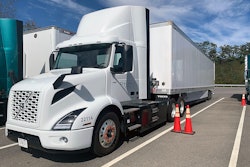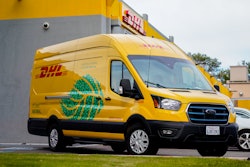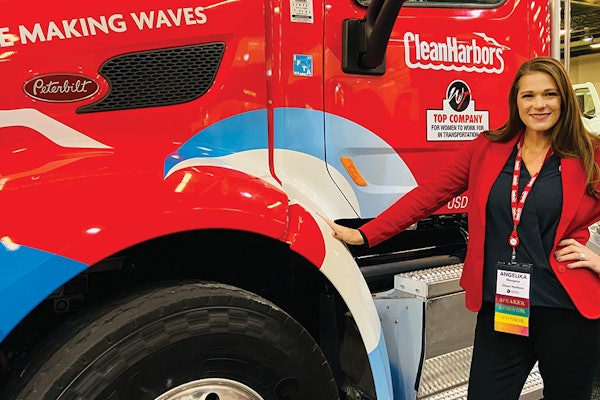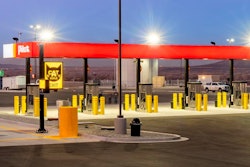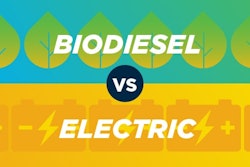President Joe Biden's new infrastructure law represents a landmark investment in transportation sustainability — allocating $65 billion to upgrade the nation’s electric power grid and $7.5 billion to build 500,000 electric vehicle (EV) chargers by 2030.
While sustainability – specifically, electric vehicles – have received a lot of attention in recent years, it’s interesting to note that on August 30, 1967, then-California Governor Ronald Reagan approved the Mulford-Carrell Air Resources Act to create the State Air Resources Board. Since its inception, CARB’s objective has been to create policies that address more stringent air quality regulations and reduce air pollution in California.
CARB policies and positive results in driving down air pollution have led to 17 additional states adopting CARB regulations, but not all of them have made regulatory policies just yet. In anticipation of stricter regulatory requirements for zero-emission vehicles (ZEVs) it is anticipated that the grid will need grow by 30% to meet the demand. This increase is leading utilities and charging station companies to look at ways to provide power back to the grid using Vehicle to Grid (V2G) chargers to support the final 10% anticipated demand growth for electrical energy.
Keep in mind that if 50 Class 8 tractors were on peak charge at the same time, they would use 9 MW of electricity – the equivalent of the power used for the Empire State Building.
As you begin to develop your strategic plan for EV implementation the following are some general thoughts to consider:
• Many fleets currently are oversizing the spec on the batteries to accommodate for 95% of their routes, not realizing that most Statement of Charge (SOC) is at 35% and that most equipment can be charged in the remaining time of the day.
• Fleets should start out slow and small as they transition to EVs and optimize the ROI yet still realize what the strategic plan is to lower infrastructure costs.


